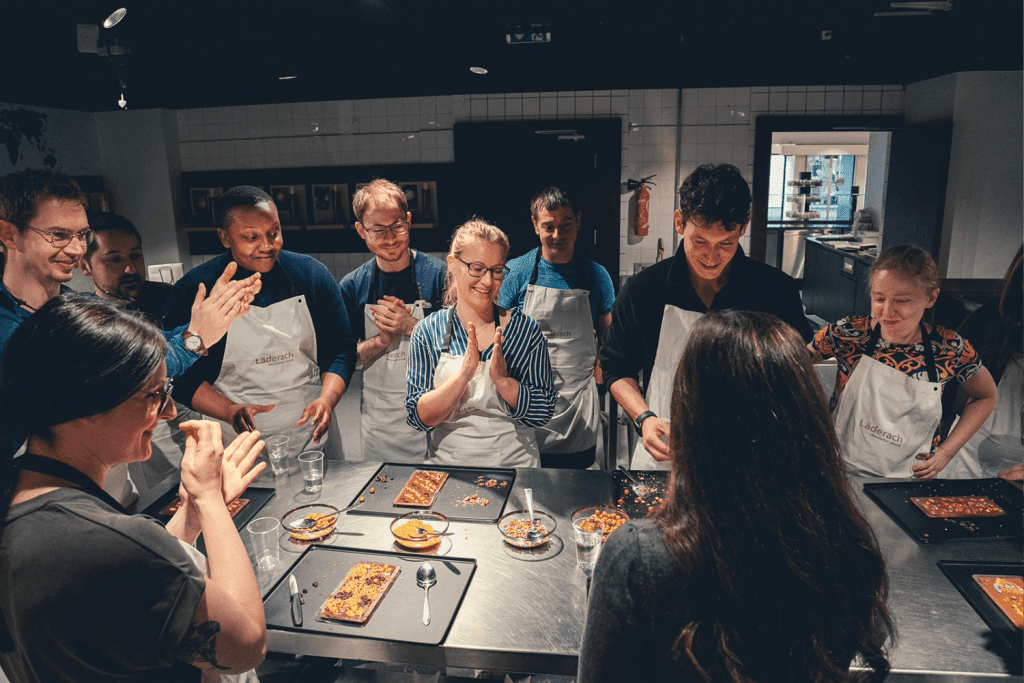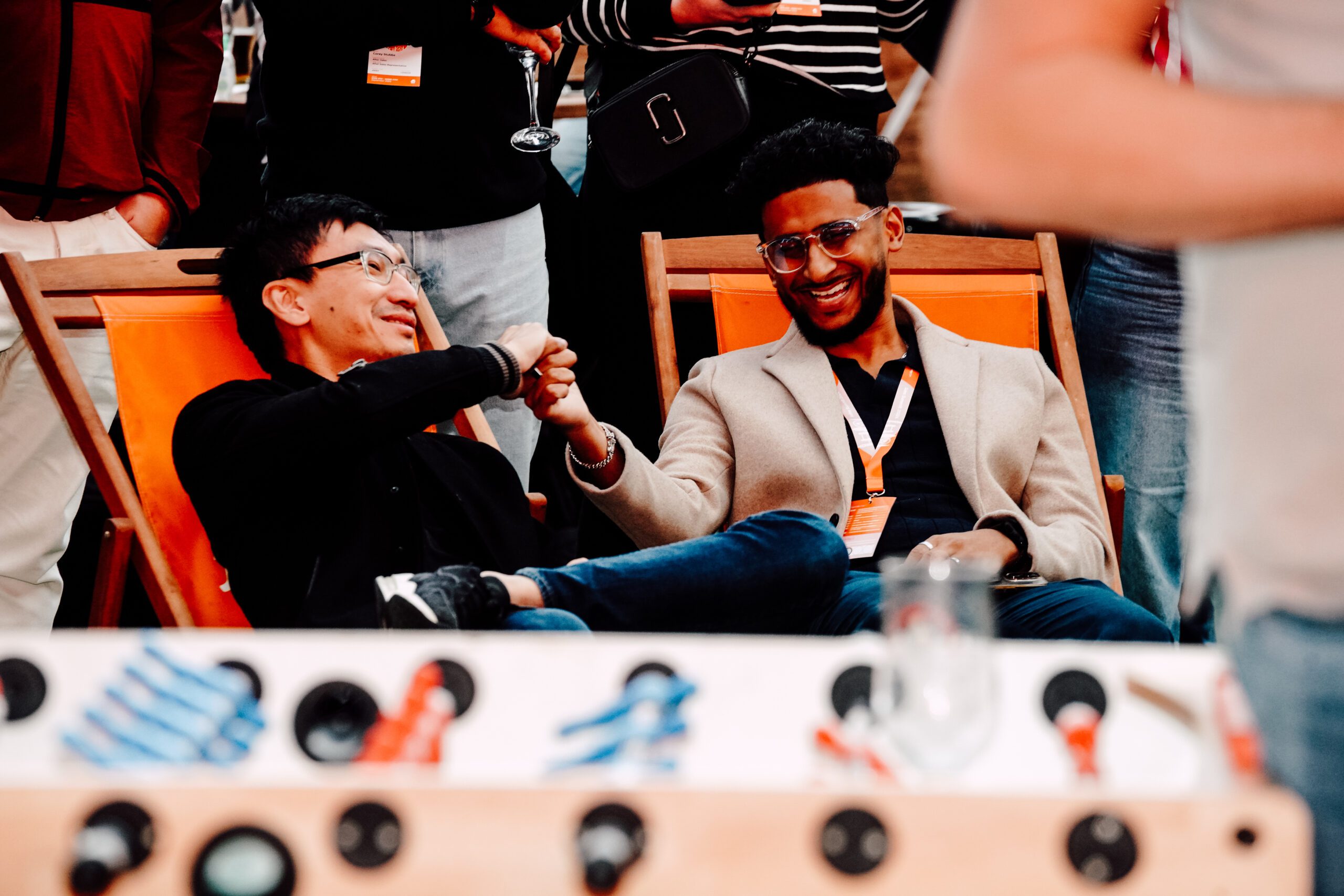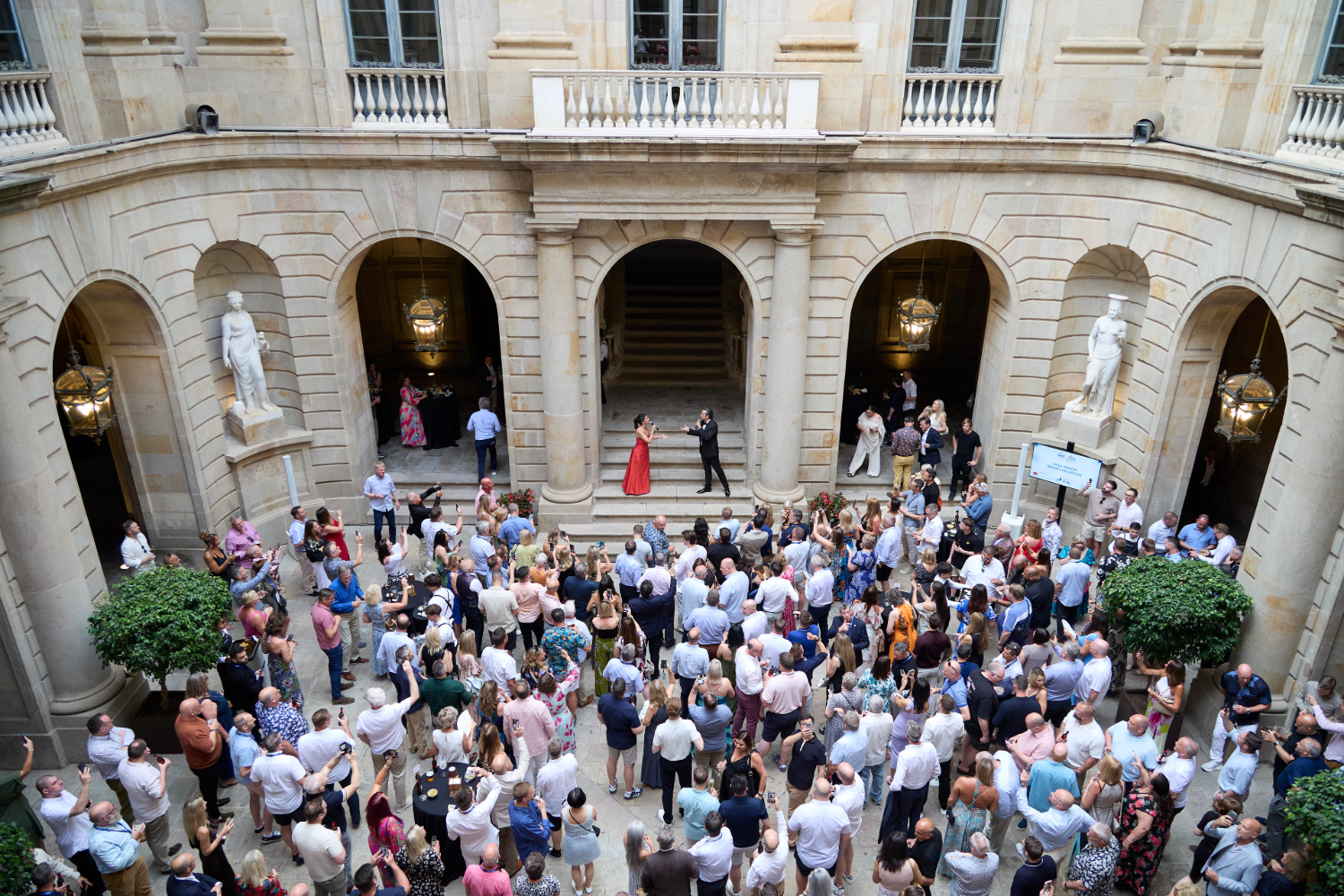
August 1, 2025
Tackling Loneliness Through Events: Your Top Questions Answered
Loneliness is a growing societal challenge, and one that events are uniquely placed to address.
At our recent First In webinar, we explored the role events can play in tackling loneliness, featuring insights from behavioural science experts and real-world examples. The response was overwhelming. From marketers and internal comms teams to event pros, your questions were thoughtful, challenging, and full of curiosity.
We couldn’t answer them all live, so we’ve rounded them up into this handy FAQ blog. Whether you’re planning internal engagement events or large-scale brand activations, here’s how to design experiences that genuinely bring people together.
FAQ: Tackling Loneliness Through Events
How do you balance building connections while allowing introverts time to recharge?
It’s all about creating choice. Not every moment of your event needs to be high energy. Consider designing quiet corners or breakout spaces for reflection. Provide solo activities like journaling prompts, creative stations or audio zones where people can engage at their own pace. And communicate clearly in pre-event materials that downtime is welcomed, not avoided.
How do you measure the success of an event in reducing loneliness?
Loneliness isn’t always easy to quantify, but you can track impact through pre and post-event surveys focused on connection, belonging, and wellbeing. Questions like “I felt part of a community” or “I made a meaningful connection today” give you valuable insight. Follow-up touchpoints and social listening post-event can also help gauge emotional impact.
Can you apply these insights to virtual or hybrid events?
While face-to-face is powerful, virtual spaces offer new ways to connect. Build in purposeful interactions such as guided breakout chats, peer-to-peer mentoring, or collaborative workshops. Use tech to facilitate personalisation, like interest-based matching, and make sure your hosts actively foster a sense of community in the digital space.
What’s the role of storytelling in making people feel seen at events?
Storytelling humanises your brand and your audience. Featuring real voices, lived experiences, and diverse perspectives creates emotional resonance. Whether it’s a short film, panel discussion or attendee wall, bringing stories into the space helps people feel represented, understood, and less alone.
How do you ensure your event design doesn’t unintentionally exclude people?
Start with inclusive design thinking. Audit your content, accessibility, format, and language. Are your activities neurodiverse-friendly? Are you considering sensory overload? Who’s being represented on stage and in your marketing? Designing for the margins ensures everyone can engage meaningfully.
How can you bring senior stakeholders on board with this approach?
Lead with the data. Loneliness has a direct impact on productivity, retention, and mental health, and that affects your bottom line. Share behavioural science insights and examples from other brands. Position your event strategy as a way to build culture, improve connection, and drive results. When you frame it commercially and humanely, decision-makers listen.
What’s one small change I can make to improve connection at our events?
Make introductions easier. Icebreakers don’t have to be cringey. Simple prompts, shared challenges, or hosted networking can reduce social anxiety. Even a well-placed host or team member acting as a connector can make a huge difference in how welcome people feel.
Conclusion: Connection Starts with Intention
Your questions show just how committed this industry is to designing events that go beyond entertainment or information. They create genuine, human connection. Tackling loneliness through events isn’t just possible, it’s essential.
Want more insight and practical tips?
Download the full Tackling Loneliness Through Events report for all the data, real-world examples and actionable takeaways.



